CARING WITH FAMILY
|
| The level of affection a breed exhibits towards family members and familiar individuals can vary. Certain breeds tend to be more reserved and aloof prim the level of affection a breed displays towards family members and familiar individuals can vary. Certain breeds may exhibit a more reserved or aloof nature primarily bonding closely with their owner, while other breeds tend to treat everyone they know as if they were their closest friend. |
LOVE WITH CHILDREN
Unwise
Good With Children
|
| The tolerance and patience a breed demonstrate towards children's behavior as well as their overall family-friendly nature can vary. It is important to note that dogs should always be supervised when interacting with young children or with children of any age who have limited exposure to dogs. |
BEHAVIOR WITH DOGS
Unwise
Good With Other Dogs
|
| The general friendliness of a breed towards other dogs can vary. It is important to supervise interactions and introductions between dogs, regardless of the breed. However, some breeds may have a more inherent tendency to get along with other dogs both within the home and in public settings. |
SHEDDING LEVELS & MANAGEMENT
No Shedding
Hair Everywhere
|
| The amount of fur and hair that a breed leaves behind can vary. Breeds that have a higher shedding tendency will typically require more frequent brushing to manage the loose hair. It's important to note that breeds with a higher shedding rate may also be more likely to trigger allergies in sensitive individuals. Additionally, consistent vacuuming and lint-rolling may be necessary to manage the presence of hair in the environment. |
COAT GROOMING STANDARDS
|
| The frequency at which a breed requires bathing, brushing, trimming, and another coat maintenance can vary. It is essential to consider the time, patience and budget available for grooming when assessing the grooming needs of a breed. While all breeds require regular nail trimming the specific grooming requirements for coat maintenance can differ significantly between breeds. |
DROOLING INTENSITY
Less Likely to Drool
Always Have a Towel
|
| The tendency for a breed to drool can vary. If you are someone who values cleanliness and prefers to avoid excessive drooling it is important to research breeds that are known to have minimal drooling tendencies. Breeds that are prone to drooling can often leave ropes of slobber on surfaces or create big wet spots on clothing. Understanding the drooling tendencies of a breed can help you determine whether or not it aligns with your personal preferences and lifestyle. |
COAT STYLES GUIDE |
| Double |
| COAT SPECTRUM |
| Medium |
FRIENDLINESS
Reserved
Everyone Is My Best Friend
|
| The level of welcoming a breed is towards strangers can vary. Some breeds tend to be naturally reserved or cautious around unfamiliar individuals regardless of the location or context. On the other hand, certain breeds are generally more outgoing and happier to meet new people whenever they have the opportunity. It is essential to consider a breed's inherent tendencies towards strangers and assess whether it aligns with your expectations and preferences. |
LIVELINESS
Only When You Want To Play
Non-Stop
|
| 60% The level of enthusiasm for play can vary between breeds, even as they mature past the puppyhood stage. Some breeds maintain a high level of playfulness and enjoy engaging in activities like tug-of-war or fetch well into their adult years. They have a natural inclination for play and enjoy interactive games with their owners. |
VIGILANCE INTENSITY
What's Mine Is Yours
Vigilant
|
| Some breeds have a natural tendency to be more alert and reactive when it comes to potential threats or the presence of strangers. These breeds are more likely to exhibit behaviors such as barking or alerting their owners when they sense something unfamiliar or perceive a potential threat. However, it's important to note that individual temperament and training also play a significant role in how a dog responds to strangers. |
ADAPTATION CAPACITY
Lives For Routine
Highly Adaptable
|
| The adaptability of a breed to handle change can vary. Some breeds are more flexible and adaptable they can easily cope with changes in living conditions, noise levels, weather and variations in the daily schedule. These breeds tend to adjust well to new environments or situations. |
OBEDIENCE LEVEL
Self-Willed
Eager to Please
|
| The ease of training and willingness to learn can vary between breeds. Some breeds are known for their high trainability and eagerness to please their owners. These breeds tend to be quick learners and readily respond to training making them relatively easy to train. |
STAMINA LEVEL
|
| The amount of exercise and mental stimulation a breed requires can vary greatly. High-energy breeds generally have a greater need for physical activity and mental stimulation. They thrive on activities such as running, playing fetch or engaging in agility training. These breeds have a lot of energy to burn and require regular vigorous exercise to keep them physically and mentally satisfied. |
VOCALIZATION
|
| Infrequent |
LEARNING CURIOSITY LEVEL
Happy to Lounge
Needs a Job or Activity
|
| The amount of mental stimulation a breed needs can vary. Purpose-bred dogs such as working or herding breeds, often have higher mental stimulation requirements due to their innate instincts and abilities. These breeds are often happiest when they have a job to do or tasks that engage their minds. |
| COLORS |
|
Description
|
Registration Code
|
|
White & Fawn
|
207
|
|
White & Gray
|
210
|
|
White & Lemon
|
211
|
|
White & Red
|
214
|
|
White & Tan
|
217
|
|
White & Black
|
202
|
|
| PATTERNS | . |






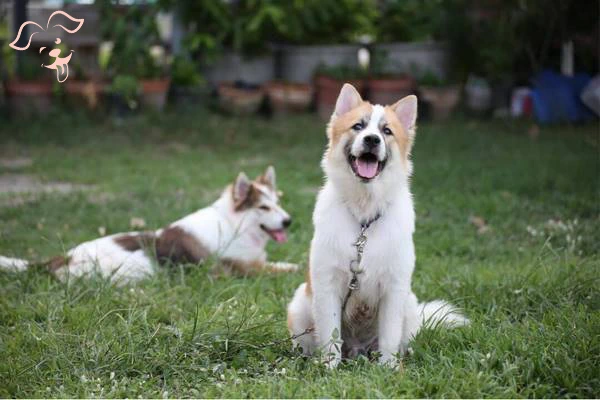
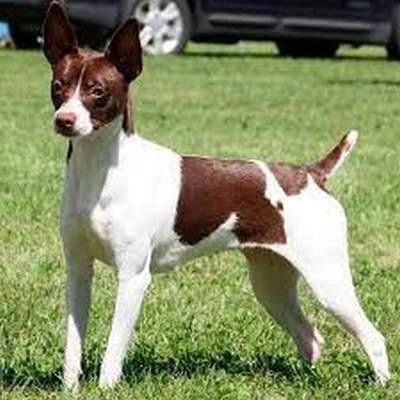
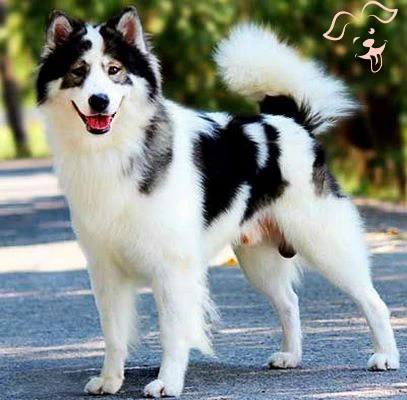
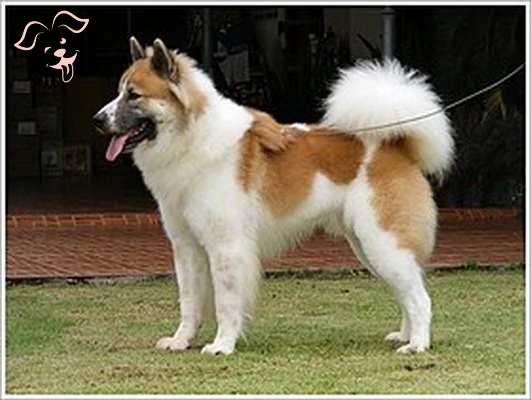









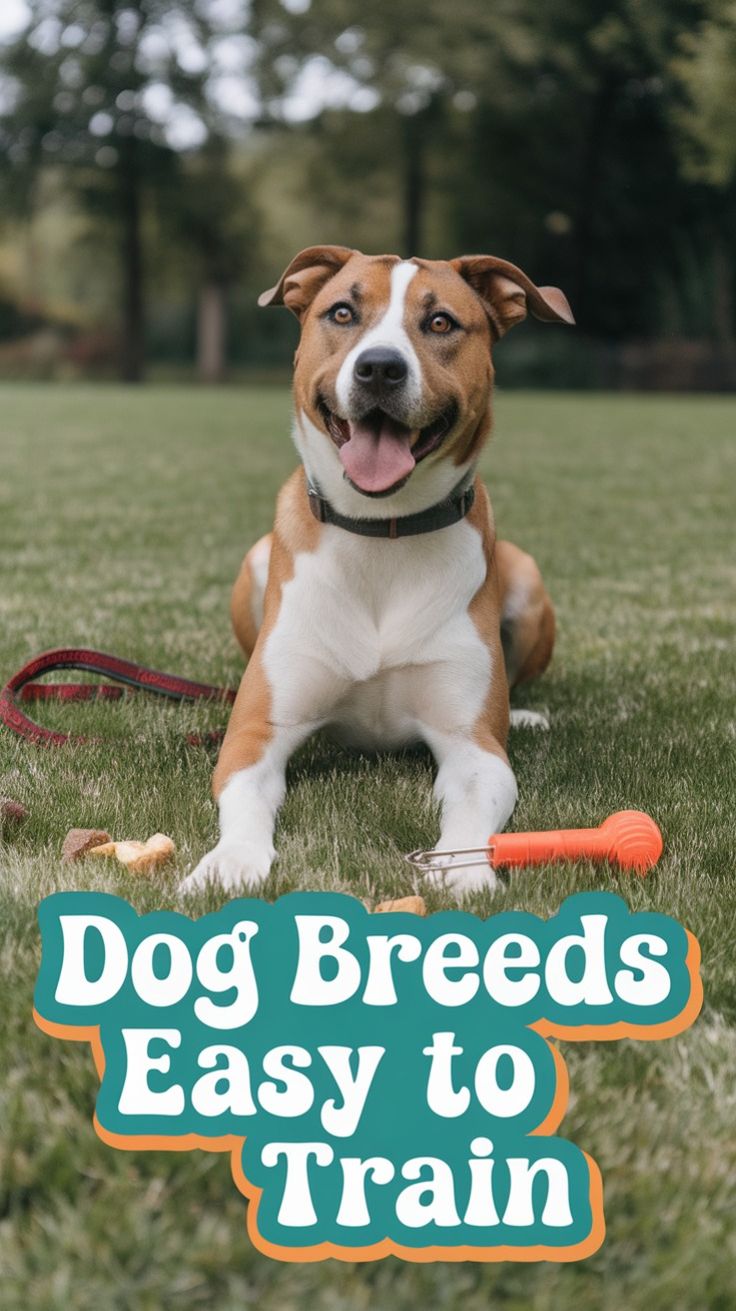
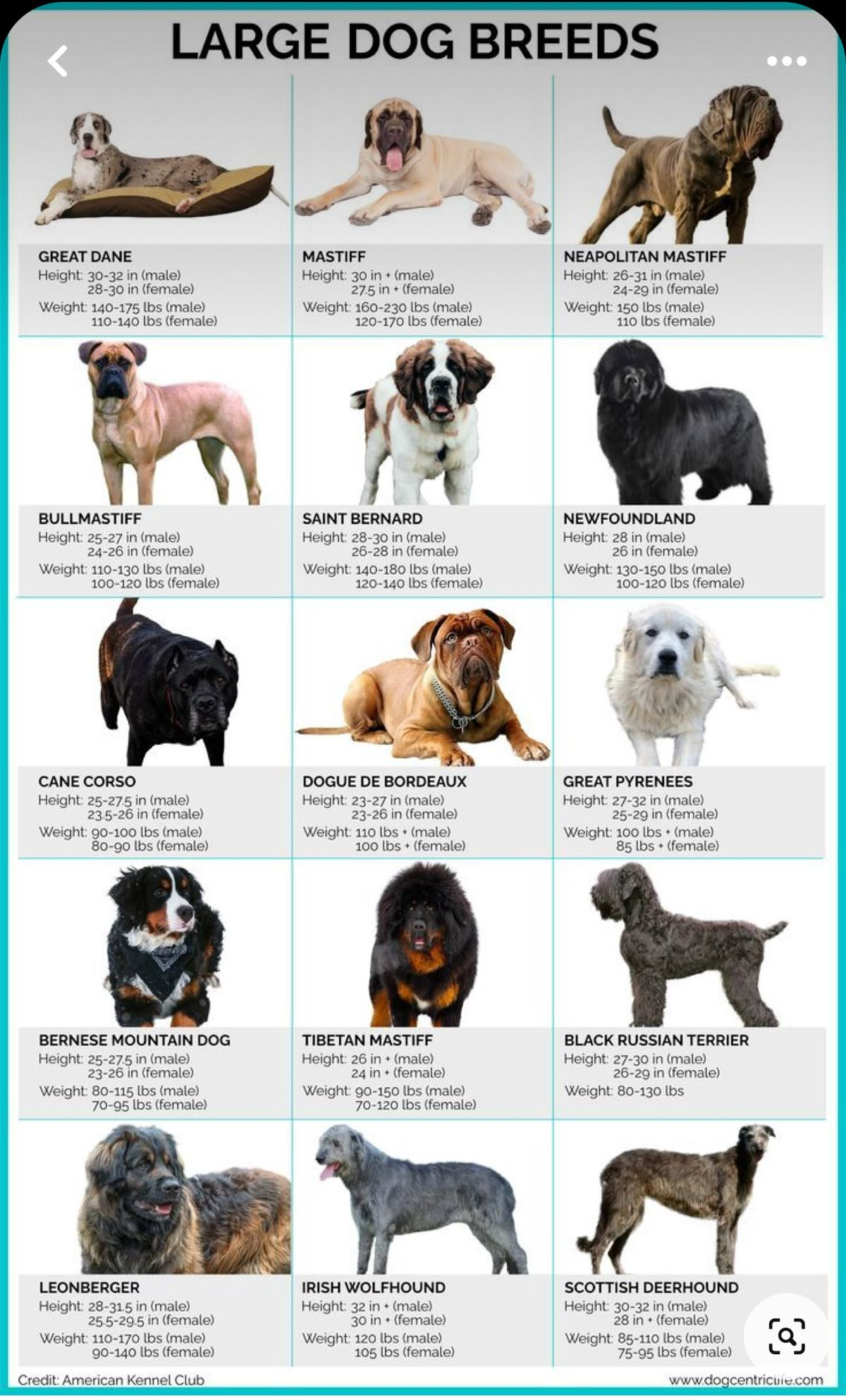

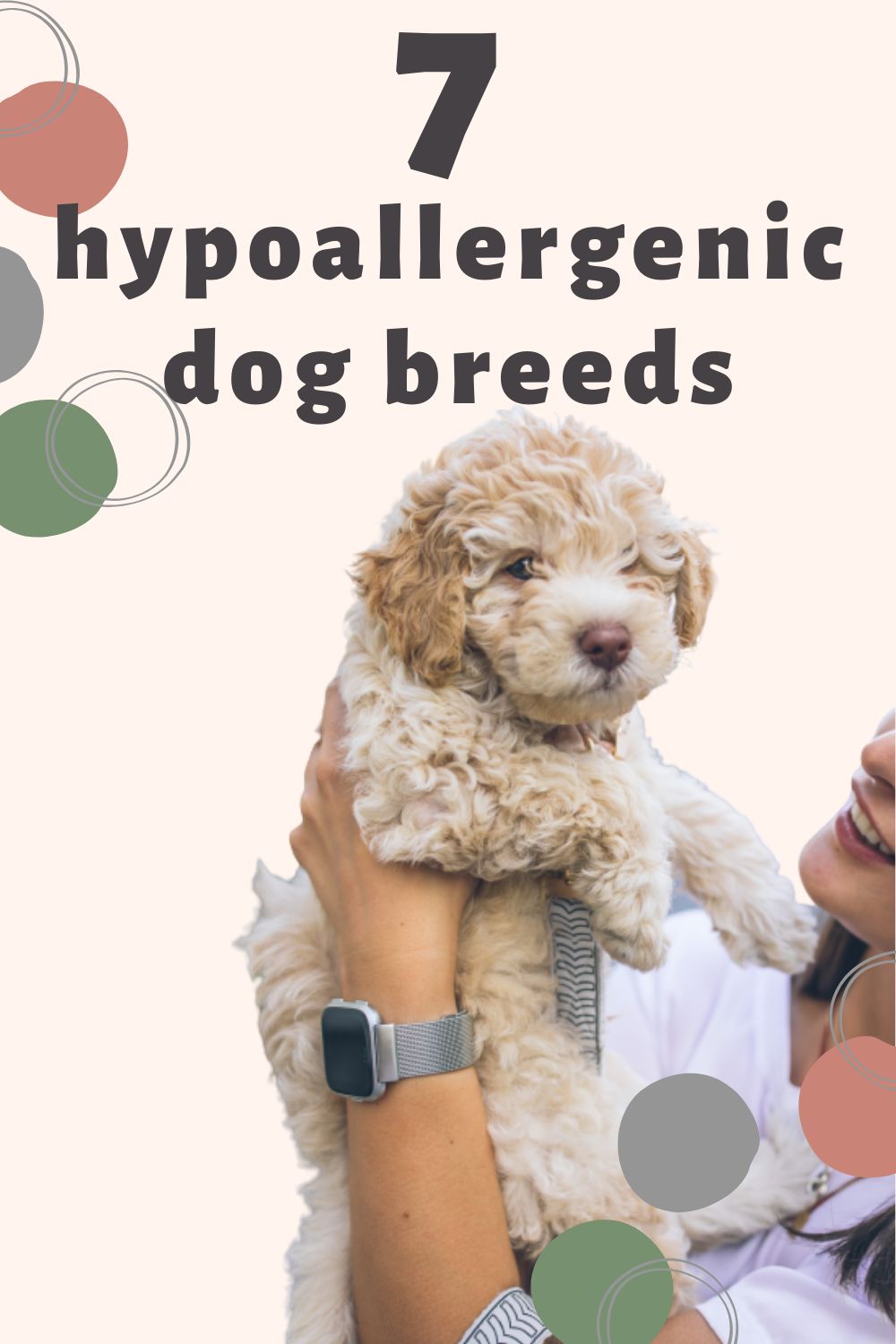




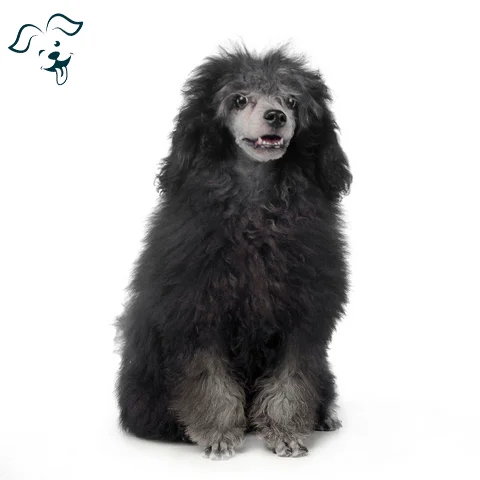

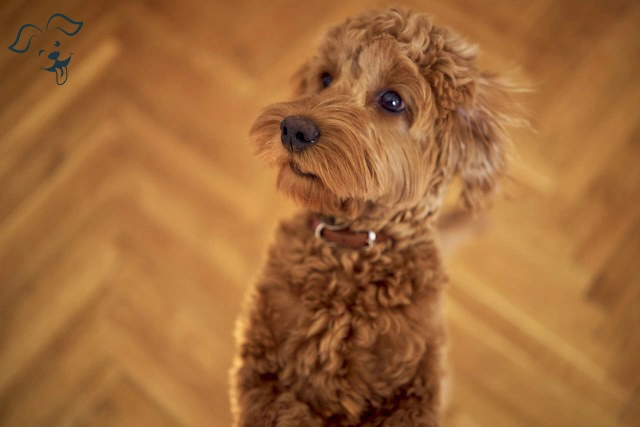
FRIENDLINESS
LIVELINESS
VIGILANCE INTENSITY
ADAPTATION CAPACITY